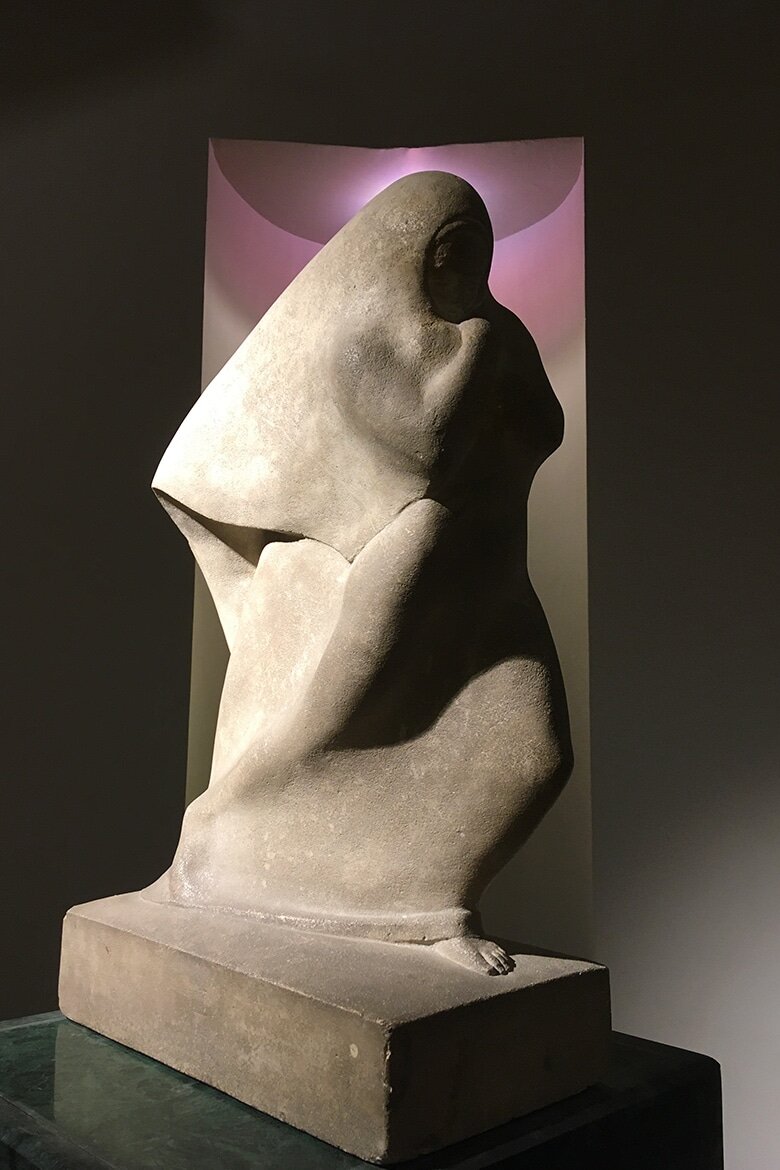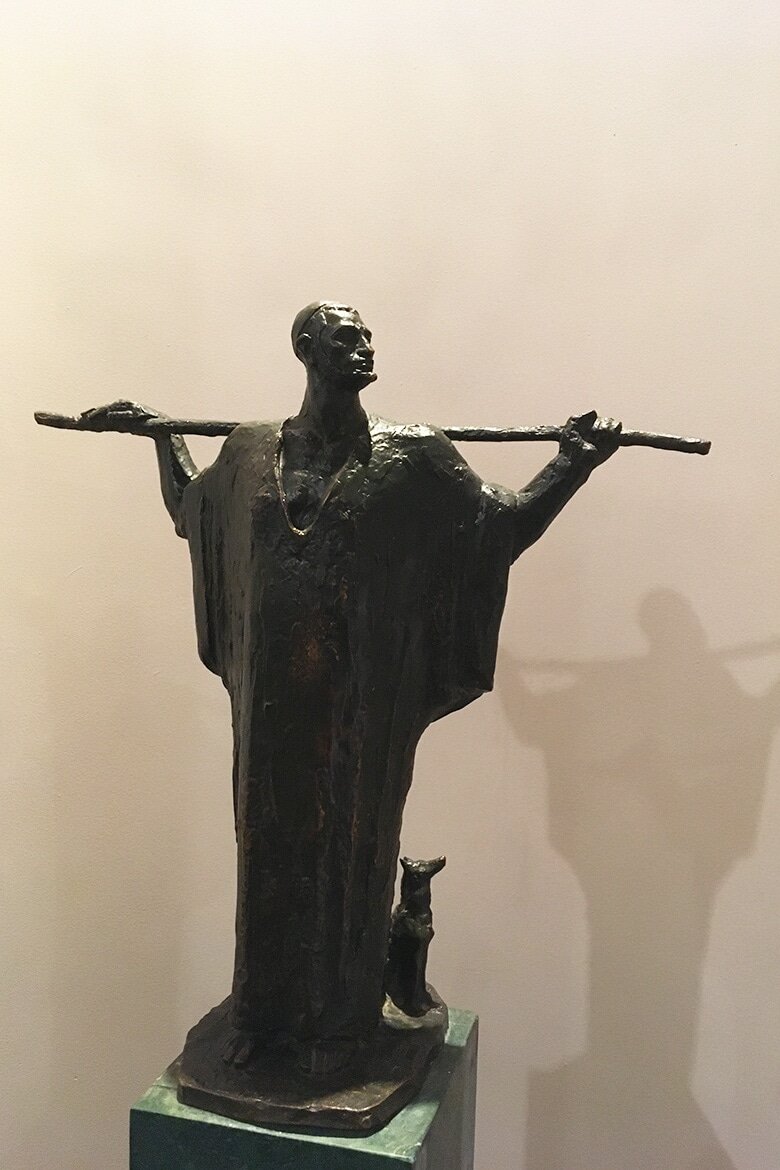Cairo’s Modern Art Collections: 6 Museums to Add to Your Bucket List
One of the best ways to gain insight into a culture is through the arts, so to continue on last week’s theme, we’re taking a look at some of Cairo’s collections of modern art, from those housed in museums to the converted homes and studios of iconic artists. There is an incredible wealth of inspiring art in Egypt and the modern art movement brought Egyptian culture and identity to life in a way that hadn’t been achieved in centuries.
All across Cairo, you can find wonderful collections of works produced by some of Egypt’s most influential artists, many of which are found in their former workspaces, giving visitors a unique insight into their life and the many things that inspired their art, from folklore to politics and the social issues that pervaded Egyptian society at the time.
Whether it be larger collections like those found at the Opera House or the Mahmoud Khalil Museum, or hidden gems in the form of smaller personal collections found in the homes of the artists themselves, these museums are all worth visiting and are a true testament to the amazing talent that can be found here in Egypt.
The Mahmoud Khalil Museum
Housed in a 20th century palace in Giza, the Mahmoud Khalil Museum is home to one of the largest and most valuable collections of fine art in Egypt. The collection once belonged to former Egyptian Prime Minister Mohamed Mahmoud Khalil Pasha and his wife, Emiline Lock. With works by Rodin, Monet, Renoir, Gaugin and van Gogh, including one painting that was famously stolen twice, and nine others that were also stolen, only to be dumped outside the museum 10 days later, the collection easily rivals some of the most impressive European collections. The museum had been closed off to the public for many years, but luckily reopened earlier this year.
Museum of Modern Egyptian Art (Gezira Center for Modern Art)
Also known as the Gezira Center of Modern Art, the Museum of Egyptian Modern Art can be found within the Cairo Opera House grounds in Zamalek. The museum was first established in the 1920s at the behest of Mohamed Mahmoud Khalil who strongly believed in the importance of preserving and highlighting the work of Egypt’s modern artists. The collection moved several times over the course of the next 60 years until it found its new home at the Opera House. It has also recently reopened to the public after a closure of around 10 years, with more than 10,000 painting and sculptures by some of Egypt’s most prominent and influential artists on display.
The Saad el-Khadem and Effat Naghi Museum
Home to the works of the husband and wife duo, the collection includes almost 200 works of art, from pottery to paintings, as well as their personal library, which is said to include books on astrology, archaeology and Egyptian folklore. The museum, originally the couple’s home, was gifted to the Egyptian government in the 90s when Naghi passed away, along with their impressive collection. The couple was known for the many folk-inspired pieces produced between the 1950s and 1970s, and their home in the Heliopolis neighbourhood of Saray el Qobba is now a unique and fascinating capsule of Egyptian art and folklore, well worth visiting.
The Mahmoud Mokhtar Museum and Cultural Center
Considered by many to be the father of modern Egyptian sculpture, Mahmoud Mokhtar was in many ways a pioneer of the Egyptian modern art movement. Mokhtar’s work was heavily influenced by the 1919 revolution and by the daily life of the Egyptian working class, an influence that can easily be seen in his sculptures; one of his most iconic pieces, Nahdet Misr (Egypt’s Renaissance) can be seen standing tall outside Cairo University. The Zamalek museum that houses 85 of his stunning sculptures was actually designed by renowned Egyptian architect, Ramses Wissa Wassef; all the more reason to pay a visit.
The Mohamed Naghi Museum
Another pioneer and a massively influential figure in the Egyptian arts, Mohamed Naghi, brother of Effat Naghi, was the first Egyptian to study at the Academy of Fine Arts in Florence, and even studied European Impressionism under Monet in the early-1900s. By the 1950s, Naghi had created a name for himself in Egypt’s modern art movement, and among his many projects, decided to build an atelier in Hadayek al-Ahram. It was this atelier that was eventually purchased by the Ministry of Culture and converted into a museum that displays over 1000 of his sketches and paintings.
The Adam Henein Museum
Known for his bronze, clay, wood and granite sculptures, Adam Henein was another central figure in the modern Egyptian art movement. His work often combined Egyptian culture and iconography with themes like nature, faith and motherhood, drawing on his own roots and heritage to produce minimalist paintings and sculptures that conveyed a powerful message. The museum is a beautifully curated space located near the Wissa Wassef Art Center in Harraneya, with his sculptures displayed both indoors, and in the gorgeous garden area outside; definitely a must-see!







